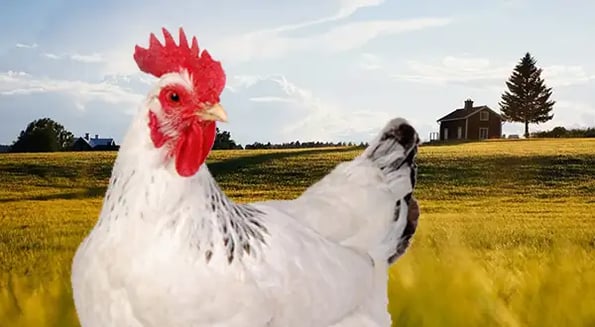
Is the key to better chicken a smaller chicken?
Genetic selection and industrial farming has created big, unhealthy, less tasty chickens. Could a smaller bird be key?
Published:
Updated:
Related Articles
-

-
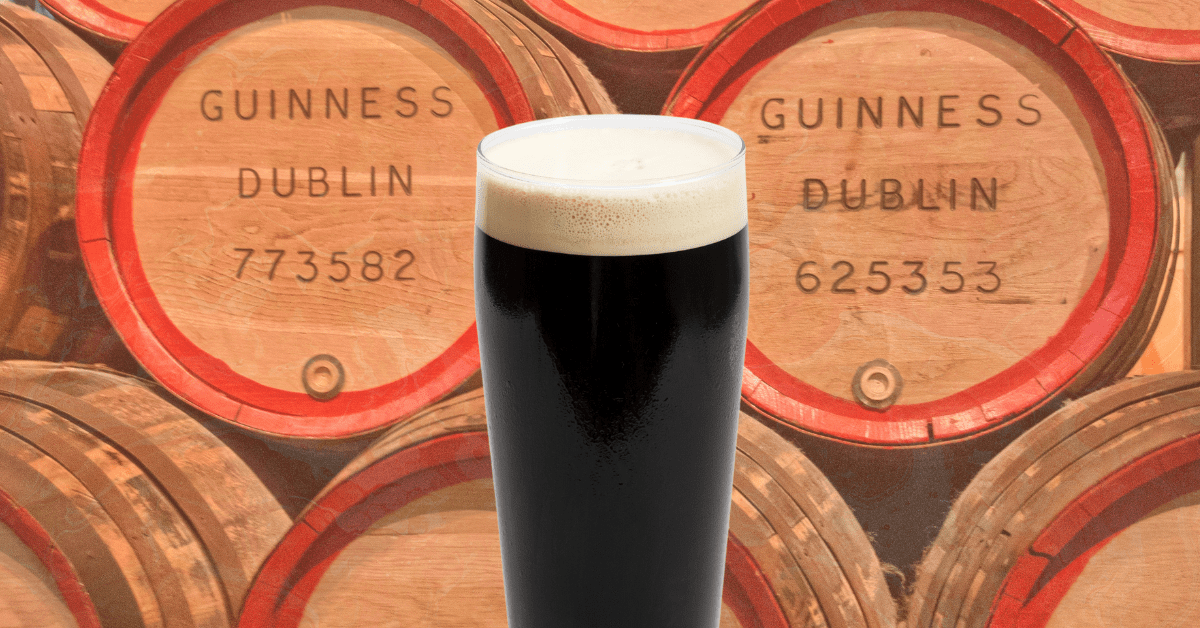
Where’d all the Guinness go?
-

How Crumbl cooked up a $1B recipe
-
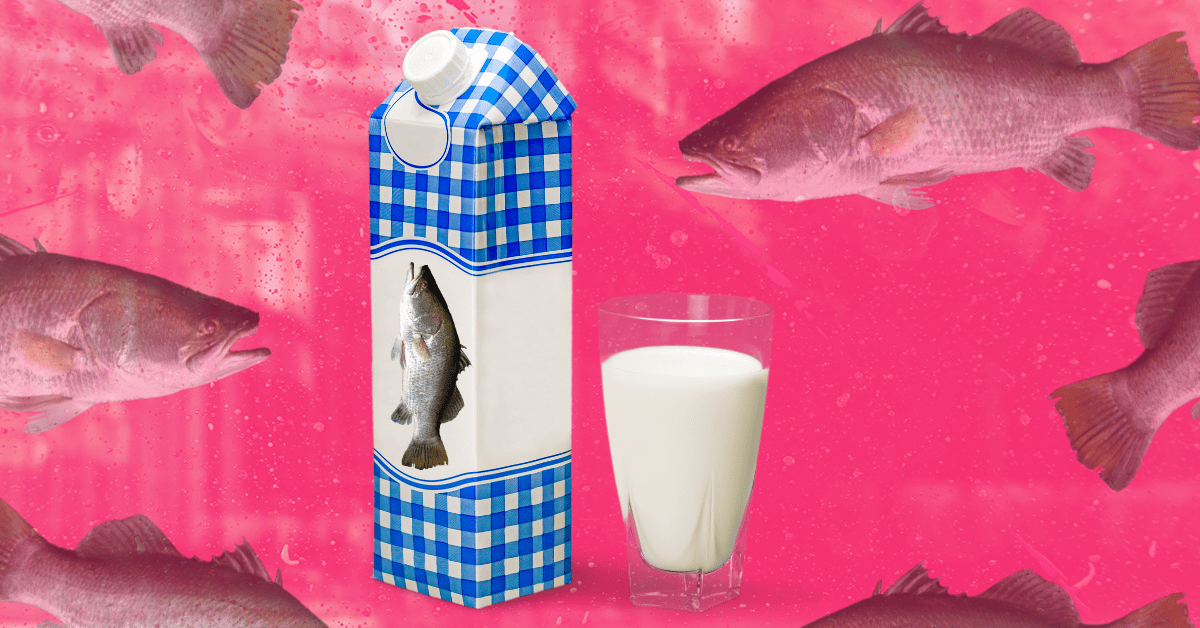
Would you like 2%, oat milk, or fish milk?
-

How Fruitist became a $1B blueberry brand
-

Turkey innovators have created a bird for lazy cooks with limited skill
-
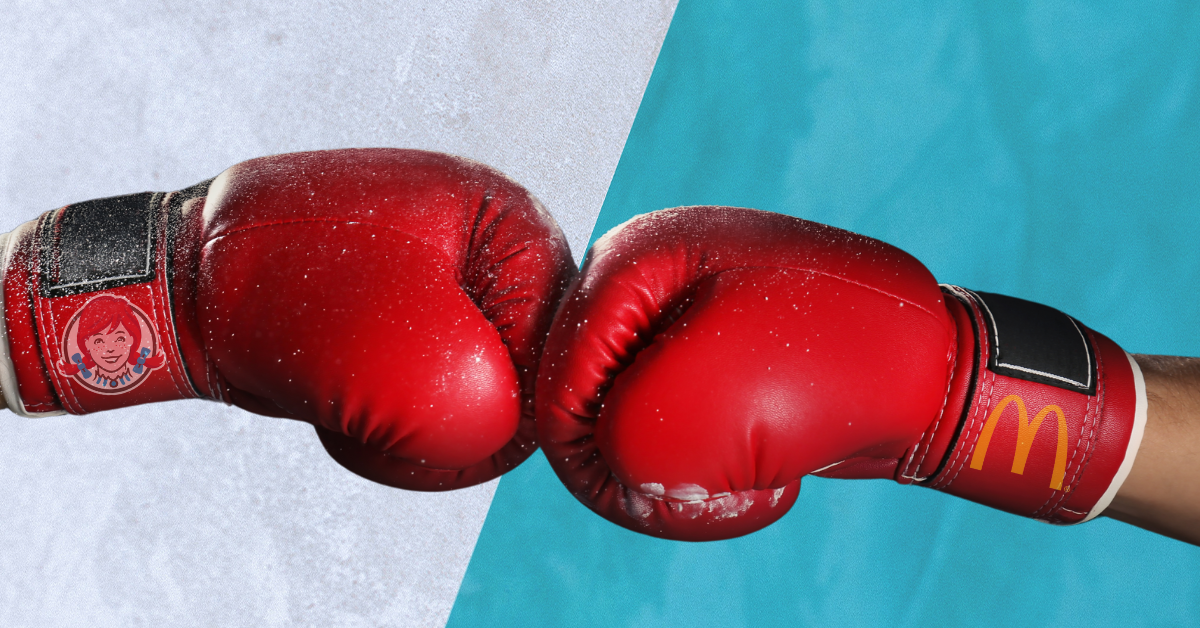
The little red-haired girl is taking a swing at the big dog
-
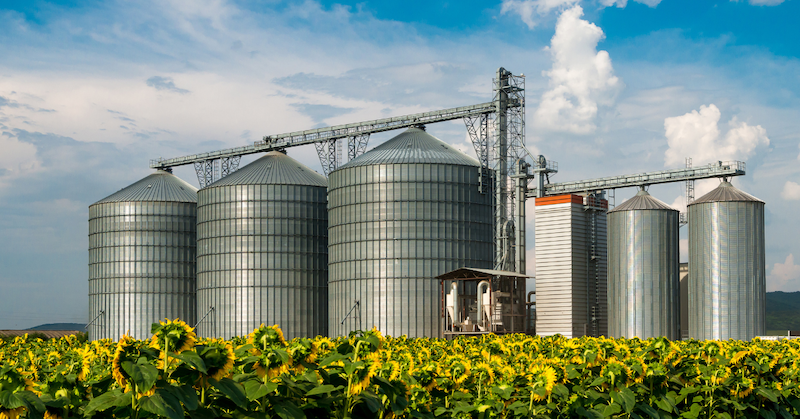
The bot keeping humans out of dangerous silos
-

How a changing Starbucks hopes to retain customers
-

Lab-grown meat to save the eels — and your sushi

